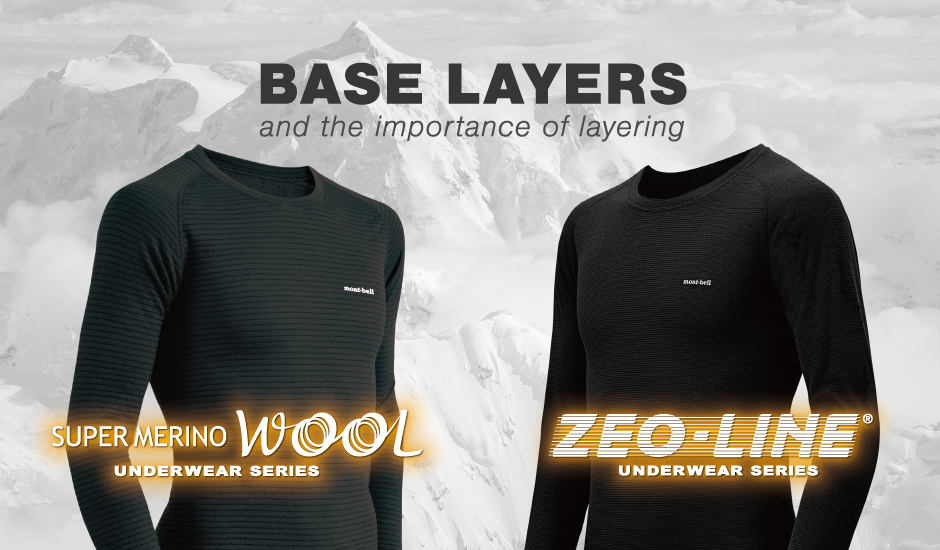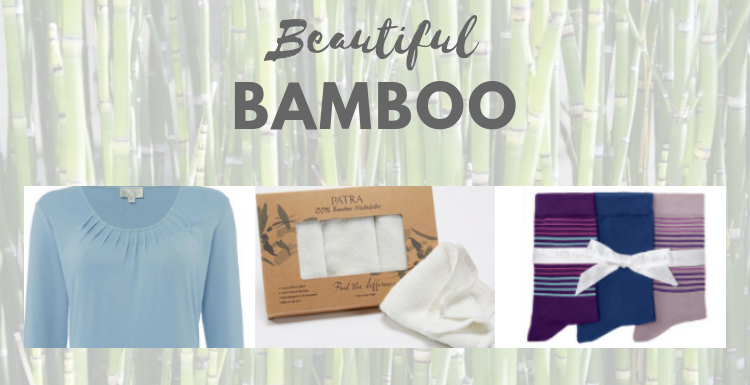Natural fibers are a great choice for a base layer in winter sports clothes, not only for their performance but also because of their environmental sustainability.
Both merino and yak are natural fibers made from animals. Renewable resources are harvested sustainably without harming the animal. These fibers are naturally biodegradable, and they do not cause harm to the environment.
Low Environmental Impact
Natural fibers cause less pollution than synthetic ones. Wool is made with less chemical compounds than synthetic fibers, and requires less non-renewable energy.
Energy EfficiencyEnergy Efficiency
Processing wool fibers requires less energy compared to manufacturing of synthetic fibers such as polyester or nylon. The process of making natural wool uses less energy and decreases carbon emissions.
Microplastic Pollution Reduction
Natural wool fibers are not in charge of microplastic pollution in waterbodies Contrary to synthetic fibers, which release microplastics after being washed.
The durability and recycling of Plastics
Yak merino garments can last many years, and are extremely durable. Wool fibers can also be recycled or repurposed to lessen consumption and harm to the environment.
Sustainable Practices-
Certain wool producers follow ethical and sustainable practices. This includes ensuring animal welfare and responsible management of the land. It also ensures fair labor conditions and conditions of work for the workers involved in production.
Environmental Certification-
The Responsible Wool Standard or the Global Organic Textile Standard are certificates that prove ethical and environmentally conscious practices used in the wool industry. They provide buyers with assurances regarding sustainability.
As a whole yak Merino wool base layers are environmentally sustainable since they are made of natural fibers, have minimal environmental impact, and include sustainable and ethical practices in the supply chain. Natural fibers, such as yak wool merino are a great option for winter sports clothing that promotes responsible consumption and sustainable practices. View the best https://www.koraoutdoor.com/pages/yak-merino-wool-base-layers/ for more info including best base layer for skiing women's, smartwool quarter zip, best merino base layer, merino wool base layer clearance, merino base layer womens, omniwool base layer, smartwool long johns, wool undershirts, smartwool 1 4 zip mens, wool base layer and more.

What Are Some Of The Benefits That Bamboo Clothing Provides In Terms Of Thermal Regulation And Uv Protection?
Bamboo clothing has many advantages when it comes to control of heat as well as UV protection, biodegradability, and environmental impact- thermal Regulation-
Bamboo fabric for insulation is breathable and has thermal-regulating properties. It provides warmth even in frigid temperatures. It regulates the body's temperature by holding warmth when temperatures drop and allows for airflow to prevent overheating while exercising.
UV Protection
UV Resistance- The bamboo fabric gives natural protection from harmful UV rays. It blocks a significant part of the UV rays of the sun and provides a further layer of protection from sun exposure.
Biodegradability-
Eco-friendly - Bamboo clothing breaks down naturally, which means it doesn't leave negative residues after the end of their cycle or cause environmental pollution. This can help reduce waste and minimize the environmental impact from discarded clothing.
Environmental Impact-
Sustainability - Bamboo as raw material is highly sustainable. It is a fast-growing plant that does not require pesticides and chemical fertilizers. It is a renewable resource due to of its fast development.
Bamboo is a water-wise crop that has a lower requirement compared to cotton and other crops. This makes it more efficient in terms of how much water is used. This helps in conservation efforts and lessens the strain on water resources.
Soil Conservation-
Soil Health- Bamboo cultivation typically does not deplete soil nutrients or require extensive irrigation, leading to healthier soil conditions as well as making it less necessary to use damaging agriculture practices.
Carbon Sequestration
Carbon Absorption - Bamboo plants can absorb more CO2 than other species and release more oxygen into the air. This can to reduce carbon dioxide emissions and combat global warming.
Bamboo clothing comes with many benefits that include thermal regulation, UV blocking and biodegradability, as being a positive influence on the planet. This is why it is a great option for those who want to buy sustainable, functional clothes. These attributes are in line with environmentally conscious practices and bring advantages for the environment and wearers. Read the top bamboo clothing for site tips including bamboo trousers women, kyte pajama, bamboo fitness clothing, ladies bamboo tops, bamboo leggings, bamboo pants for women, bamboo athletic wear, lisa frank bamboo pajamas, dixxon bamboo shirt, bamboo activewear and more.

What Are The Differences In The Texture, Warmth And Absorption Of Bamboo Or Merino Compare To That Of Wool?
In comparing merino wool, bamboo clothing and traditional wool on the basis of texture, warmth, and moisture absorption- Texture-
Merino Wool Merino Wool's fine and soft fibers makes it soft and smoother than traditional wool. It's generally regarded to be more comfortable against the skin.
Bamboo Clothing Bamboo fabric is smooth and silky. It is often compared to luxury materials like silk or Cashmere. It has a soft and gentle texture, providing the wearer with a pleasant experience.
Traditional Wool The texture of traditional wool can be different. Some varieties are more coarse and cause more itchiness than bamboo or merino clothing.
Warmth-
MerinoMerino Merino offers exceptional warmth due to its insulating qualities. It retains warmth even in damp conditions and offers effective insulation in cold weather conditions.
Bamboo Clothing offers warmth but may not offer the same insulation like Merino wool. It is a good temperature control, making it comfortable in any weather.
Wool, just like bamboo and merino clothing is a good insulator. It can appear heavier than clothes made of bamboo, merino or other materials.
Moisture Absorption-
Merino Wool- Merino wool has exceptional properties for wicking moisture, bringing it away from the skin and permitting it to evaporate. It is warm when damp.
Bamboo Clothing - Bamboo fabric may also absorb moisture, providing comfort for active people. It regulates the amount of moisture and helps keep wearers dry.
Traditional Wool: While wool absorbs moisture but it doesn't have the same wicking ability like bamboo and merino fabrics. Wool is dry and heavy when wet.
Merino is a soft and warm material with excellent moisture-wicking capabilities. Bamboo clothing is soft and silky. It is warm. It also regulates the amount of moisture. The texture of traditional wool clothes can vary and it can offer moisture absorption or warmth. However, it may feel heavier than merino or Bamboo clothes. Each fabric is distinct and caters to different needs. Have a look at the top bamboo winter clothings for website recommendations including long john merino, ll bean merino wool base layer, best base layer for skiing, wool base layer, merino wool undershirt, best merino base layer, icebreaker baselayer, merino wool base layer womens, best thermals for skiing, merino 250 base layer and more.
